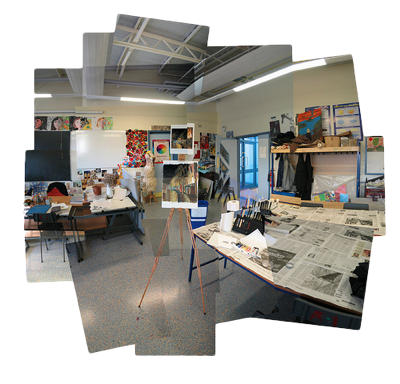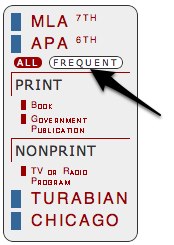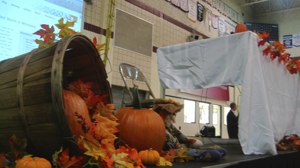 |
|
Flickr photo by UK photographer odh! |
I’m on my way to Cedar Falls, Iowa, where I will deliver the opening keynote address for their Art teachers’ annual conference tomorrow. It’s an honor and I’m very happy to be going back to Iowa (May have some delicious pork tenderloin to look forward to).
But I’ve been wondering what a former history teacher and current instruction technologist going to talk about in front of hundreds of Iowa Art teachers? I’ve been asking myself that question for weeks, and even asking for help from my personal learning network. I posted the question on Twitter and on my Facebook wall, since so many of my FB friends are progressive educators. Twitter bounced back with some great suggestions for reading and people I might contact. Facebook, unhampered by 140 character limit, provided for a richer and sometimes contentious conversation — and I’m wondering what my old high school chums are going to think about that.
Much of the advice I’ve received, I have taken to heart. But the Art Educators of Iowa have hired me to talk about the times we are teaching in and the challenges that we must realize and face. It’s what someone on the conference committee saw me speak about at some tech conference somewhere and it’s what they want me to share here — and I can do that. But I feel obliged to funnel my talk in the direction of art as much as I can, so here are some of the points I hope to make.
First of all, I will be mentioning Daniel Pink once during the presentation, much to the devastating disappointment of one of the more loquacious commenters on my Facebook page. The point that I hope to make is that art has become core (to quote the Iowa association’s web site). So much of what we do today, where we do it, and the tools with which we use to accomplish our goals is touched by design — and not merely for the sake of ergonomics. Aesthetic appeal is a huge part of what we are seeing. One of my favorite TED Talks was delivered by the design currator of the New York Museum of Modern Art (MOMA), Italian-born Paola Antonelli (Treat Design as Art). She talks about how, “In Italy, design is normal.” ”What you find at the store at the corner, without going to any kind of fancy story, is the kind of refined design that…” for which Italy is known. But it is not design for decoration. ((Antonelli, P. (Performer). (2008). Paola antonelli treats design as art [Television series episode]. In (Executive producer), TED Talks. TED Conferences LLC.))
Another angle that I will take will be from my typical message about literacy, more specifically the wRiting part of the 3Rs. We live in a time where we are overwhelmed by information. In the same way that many of products we shop for must include a sense of design in order to compete for our attention, so too must information. The content that we use, among the flood of information, it that which successfully earns our attention, and in much the same way that products must be designed for function, the same is true with information.
Information can sometimes be creatively laid out on a page in such a way that makes it easier to read and also appear easier to read. In addition, the use of images, motion, and graphics can aid in the conveyance of a message — and who’s teaching that today? I plan to spend some time talking about info-graphics and data visualization, a very interesting and valuable combination of mathematics, data, and art.
There is one more angle that I would like to take. I went to the jobs site, Monster.com, and did a search for the most recently posted job opportunities that included the word artist — a technique that I learned from David Thornburg. In analyzing the job descriptions, what emerged was not so much an appeal for people with specific artistic abilities, but more about workers who were creative problem solvers, goal and product oriented, self-directed, and able to collaborate within a team. Much of what I saw in these descriptions seemed to come right out of our ongoing conversations about 21st century skills.
So I have to wonder if Art class might actually be a uniquely ideal place to help learners develop some of these skills.




